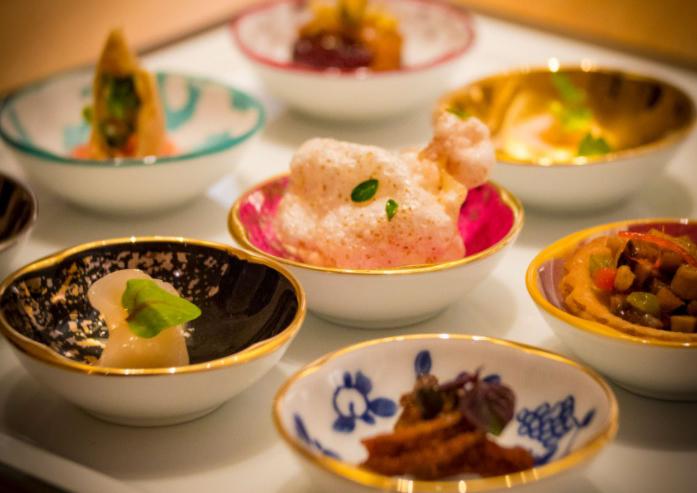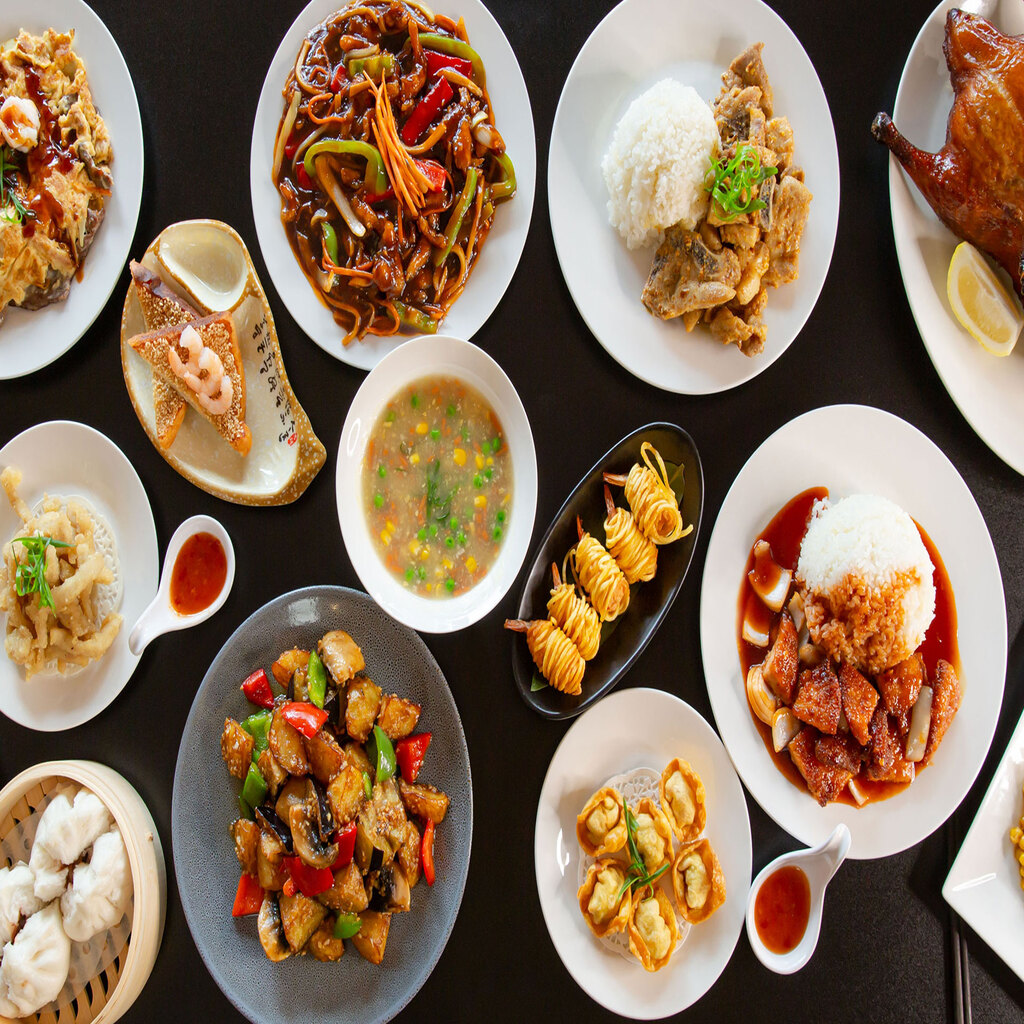Chinese cuisine is one of the world’s most diverse and celebrated food traditions, known for its balance of taste, texture, aroma, and presentation. Across its vast regions, the flavors shift dramatically—reflecting local ingredients, climates, and cultural influences. From the bold heat of Sichuan peppers to the subtle sweetness of Cantonese dim sum, each regional style has its own culinary identity. Collectively, they form what many food lovers call the 9 flavours of Chinese cuisine.
The Origins of the Nine Flavours
The idea of dividing Chinese cooking into nine major styles comes from centuries of regional development. Ancient China was vast, and each area had access to different resources—rice in the south, wheat in the north, tropical fruits along the coast, and wild herbs from the mountains. Over time, climate, geography, trade routes, and cultural exchange shaped the cooking methods, ingredients, and flavour preferences of each region, giving rise to signature elements like Chinese brown sauce in savoury stir-fries.
In the imperial era, court chefs began cataloging these differences, eventually formalizing the concept of major regional cuisines. While modern food culture has blended and fused many of these traditions, the 9 flavours of Chinese cuisine remain a useful guide for understanding the country’s culinary depth — and continue to inspire dishes made with essential Chinese sauces in Oakville’s vibrant food scene.
What Makes Each Flavour Unique
Each of the nine styles is more than just a taste—it’s a culinary philosophy. They vary in:
- Primary Ingredients: Coastal regions favour seafood, while inland areas rely more on meat, grains, and preserved foods.
- Seasoning Profiles: From numbing peppercorns to fragrant vinegar, each region has its own signature condiments and spices.
- Cooking Techniques: Stir-frying, steaming, braising, smoking, and deep-frying are mastered differently across the regions.
- Cultural Influence: Trade, migration, and history have left their mark—introducing chilies from the Americas to Sichuan, or Muslim halal traditions in parts of the north.
Exploring the 9 flavours of Chinese cuisine means discovering how one culinary tradition can express itself in dramatically different ways while still feeling unmistakably Chinese—a diversity you can taste through dishes made with Chinese essential ingredients in Oakville.
1. Sichuan – Spicy & Numbing
Sichuan represents one of the boldest among the 9 flavours of Chinese cuisine, famous for its mala (numbing-spicy) sensation from Sichuan peppercorns and dried chilies. The combination creates a tingling heat layered with rich umami. Classics like Mapo Tofu and Kung Pao Chicken show off the region’s mastery in balancing intense spice with deep, savoury depth—often counted among the best Chinese summer dishes—show off the region’s mastery in balancing intense spice with deep, savoury depth.
2. Cantonese – Fresh & Delicate
Cantonese cooking is perhaps the most internationally recognized of the 9 flavours of Chinese cuisine, prized for its focus on freshness and light seasoning. Ingredients are treated with respect—seafood is often steamed, vegetables stay crisp, and flavours remain clean. Dim sum, roast meats, and delicate seafood dishes highlight this refined culinary style, often featured on a well-crafted Chinese cuisine menu in Oakville.
3. Shandong – Savoury & Crisp
Shandong cuisine stands proudly among the 9 flavours of Chinese cuisine for its robust, savoury character and mastery of seafood. Quick-frying and braising bring out natural flavours while adding crisp textures. From Sweet-and-Sour Carp to aromatic broths, Shandong’s food reflects both coastal abundance and imperial influence, with many of its techniques and dishes influencing the evolution of Canadian Chinese cuisine.
4. Jiangsu – Sweet & Refined
Jiangsu’s sweet and elegant approach makes it a standout in the 9 flavours of Chinese cuisine. Dishes are meticulously presented, with glossy finishes and delicate textures achieved through braising in rich stocks. Specialties like Lion’s Head Meatballs and Sweet-Scented Lotus Root reveal a refined, almost artistic cooking philosophy—one you can often experience at a well-crafted Chinese restaurant in Oakville.
5. Zhejiang – Fresh & Fragrant
Zhejiang, often called the “land of fish and rice,” offers one of the most seasonal and aromatic of the 9 flavours of Chinese cuisine. Its mellow, slightly sweet style shines in dishes like West Lake Vinegar Fish and Dongpo Pork, where tenderness, aroma, and visual beauty come together perfectly.

6. Fujian – Umami & Aromatic
Fujian’s place among the 9 flavours of Chinese cuisine comes from its unparalleled mastery of soups, broths, and umami-rich seafood dishes. The luxurious Buddha Jumps Over the Wall is a prime example, layering abalone, scallops, and mushrooms into a fragrant, nourishing broth.
7. Hunan – Fiery & Tangy
Hunan delivers one of the spiciest and most vibrant profiles within the 9 flavours of Chinese cuisine. Known for its fresh chilies, garlic, and vinegar, it offers heat with a tangy twist. Dishes like Chairman Mao’s Red-Braised Pork and smoked meats embody Hunan’s rustic yet powerful flavor combinations.
8. Anhui – Rustic & Herbal
Anhui is among the most earthy and herbal of the 9 flavours of Chinese cuisine, drawing from mountain produce and wild herbs. Slow-braising is a signature, producing comforting, nutrient-rich dishes like Braised Turtle with Ham and hearty herb-infused soups.
9. Beijing – Imperial & Hearty
Beijing’s imperial roots give it a regal place in the 9 flavours of Chinese cuisine. Known for iconic dishes like Peking Duck, lamb hotpot, and rich wheat-based staples, Beijing cuisine blends northern heartiness with the sophistication of centuries-old royal recipes.
The Beauty of Variety
The 9 flavours of Chinese cuisine prove that one culinary tradition can hold an incredible range of tastes—from fiery to delicate, rustic to refined. Whether you prefer the tingling spice of Sichuan or the clean freshness of Cantonese dishes, exploring each style is like travelling across China without leaving the dining table.

